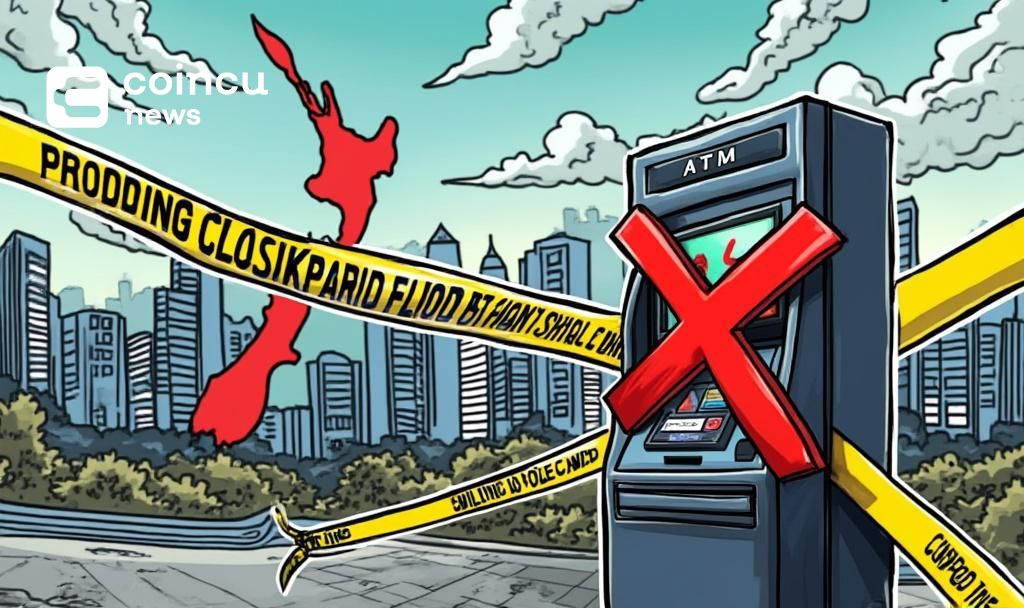$109216.085
At CoinCu News, we give both basic and in-depth articles on the latest news in the cryptocurrency and blockchain sectors.
Author
News
Emirates to Accept Bitcoin and Crypto Payments Through Crypto.com by 2025
Emirates signs MoU with Crypto.com to integrate Bitcoin and crypto payments for flights, supporting Dubai’s
Jul
Binance CEO Issues Urgent Crypto Security Alert to All Users
Binance CEO Richard Teng urges users to boost account security, stressing shared responsibility and proactive
Jul
Ripple Partners with BNY Mellon for Stablecoin Custody
Ripple taps BNY Mellon for RLUSD custody, enhancing stablecoin liquidity with $500M circulating.
Jul
Tanssi Network Launches Mainnet; Token Lists on Major Exchanges
Tanssi Network kicks off its mainnet, listing its token on Binance and Kraken, impacting over
Jul
Circle Partners with OKX for Enhanced USDC Liquidity
Circle and OKX announce collaboration to boost USDC liquidity with 1:1 dollar exchange for 60
Jul
Beijing Warns of Illegal Stablecoin Fundraising Schemes
Beijing issues a risk warning against illegal stablecoin fundraising schemes, urging caution on digital investments.
Jul
The Blockchain Group Nears U.S. OTCID Listing Without Stock Issuance
The Blockchain Group is finalizing preparations for a U.S. OTCID listing in weeks without issuing
Jul
New Zealand to Ban Crypto ATMs, Cap Transfers at $5,000
New Zealand bans crypto ATMs and caps international transfers to curb crime.
Jul
New Zealand Shuts Down Cryptocurrency ATMs Amidst Anti-Money Laundering Efforts
New Zealand bans crypto ATMs, sets $5,000 limit on cash transfers to combat money laundering.
Jul
[tptn_list how_old="7" limit="5" title_length="0" heading="0" show_date="0" ]
[tptn_list how_old="30" limit="5" title_length="0" heading="0" show_date="0" ]





















